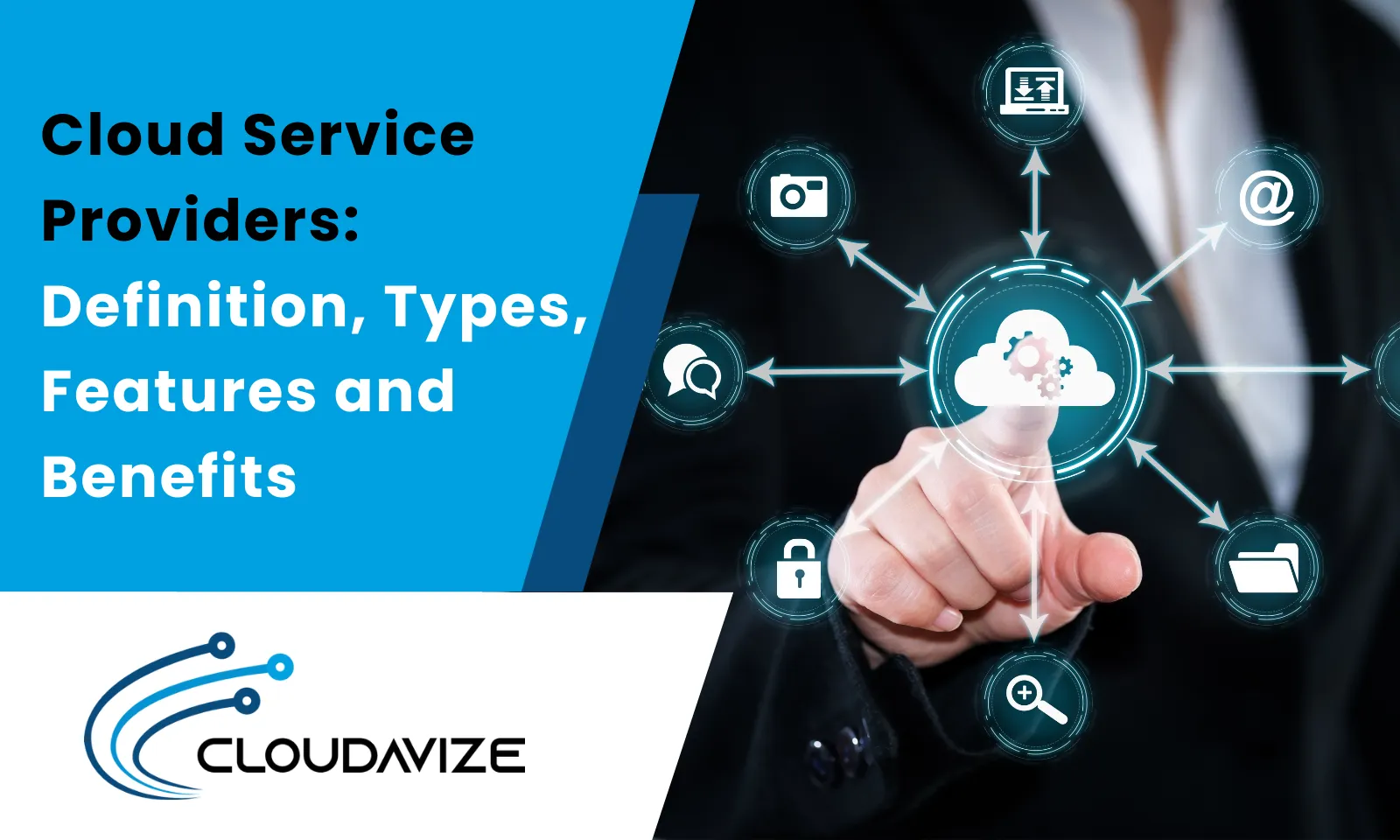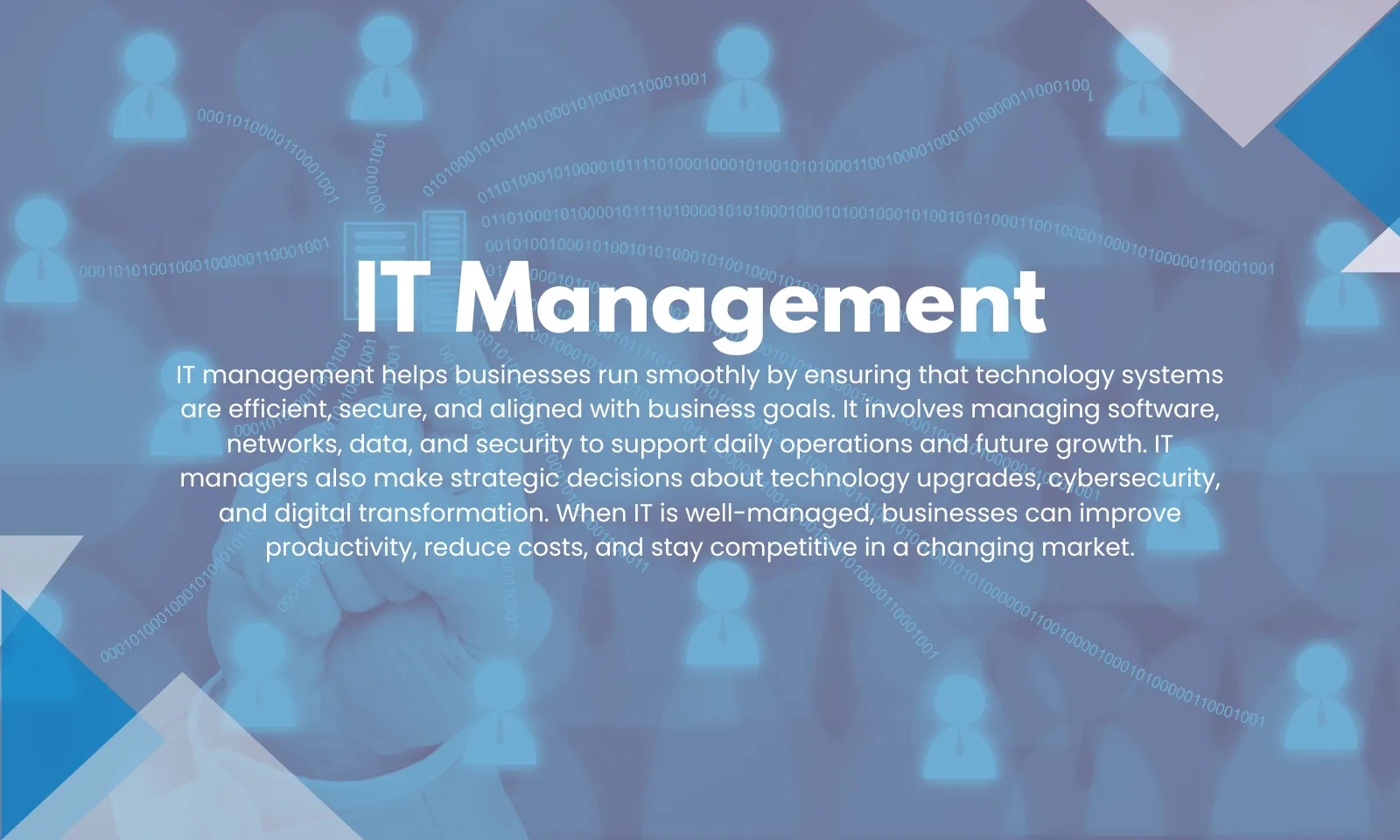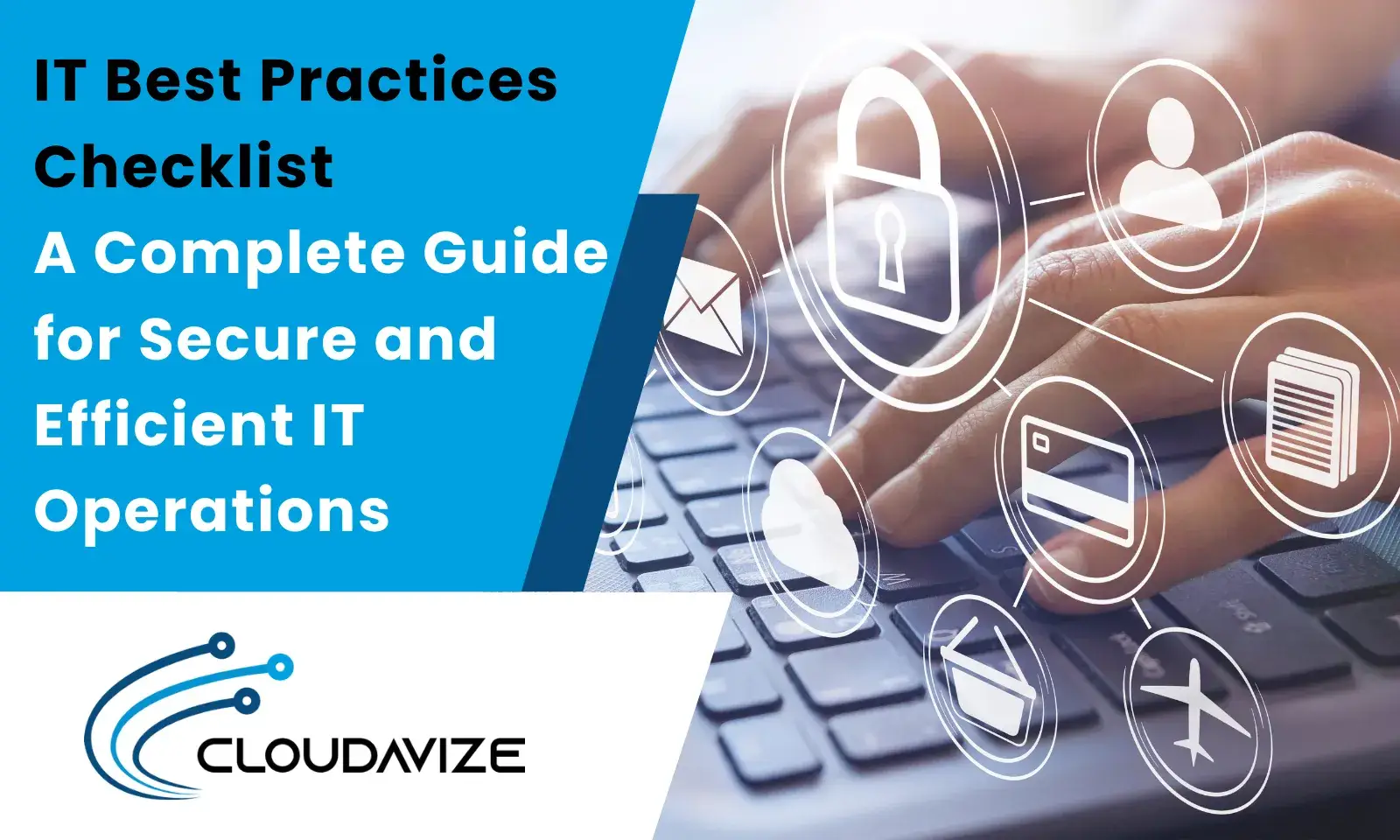With the growing reliance on cloud computing, Cloud Service Providers (CSPs) have become integral to modern business operations. These providers offer scalable, flexible, and cost-effective solutions that allow businesses to access essential resources such as storage, processing power, and software over the internet. This eliminates the need for costly on-site infrastructure and enables businesses to adapt quickly to changing demands. Cloud services are typically delivered through models like IaaS, PaaS, SaaS, and FaaS, each serving specific business needs, from basic infrastructure management to fully managed software applications.
The global cloud services market has experienced significant growth in recent years. In 2023, the market reached a total revenue of $669.2 billion, marking a 19.9% increase from the previous year. Prominent players in the global cloud market include AWS, which controls approximately 32% of the market, followed by Microsoft Azure at 22%. Google Cloud Platform holds around 9%, while Alibaba Cloud captures 6% of the market. In this article, we’ll explore what CSPs are, the different types of cloud services they offer, the key features that define a reliable provider, and the benefits businesses can gain by adopting cloud-based solutions.
Table of Contents
What is a Cloud Service Provider?
A Cloud Service Provider (CSP) delivers cloud-based solutions, allowing businesses to access essential computing resources such as storage, networking, and processing power over the internet. They offer scalable, flexible, and cost-effective services that eliminate the need for businesses to manage and maintain their own physical IT infrastructure. Prominent examples of CSPs include Amazon Web Services (AWS), Microsoft Azure, and Google Cloud Platform. As cloud computing has evolved, it has become increasingly essential for businesses of all sizes, driving a significant shift from traditional IT models to cloud-first strategies.
What are Cloud Services?
Cloud services refer to a range of computing resources and tools that are provided over the internet, allowing businesses and individuals to access storage, processing power, software, and databases without the need for on-site infrastructure. Cloud-based services are typically offered by cloud service providers, which are companies that manage and maintain the infrastructure required to deliver these resources to users, ensuring scalability, security, and reliability.
What Are the Different Types of Cloud Providers?
Cloud service providers (CSPs) are divided into four main models: Infrastructure as a Service (IaaS), Platform as a Service (PaaS), Software as a Service (SaaS), and Function as a Service (FaaS). Each model serves a specific function, providing vital resources or fully managed applications to support IT operations. By leveraging these models, organizations can optimize their operations, reduce costs, and enhance efficiency. Below is a breakdown of each model to help you understand their individual roles in the cloud computing ecosystem.

Infrastructure as a Service (IaaS)
IaaS is the core offering from cloud service providers, delivering essential compute, storage, and networking resources on-demand. This model allows businesses to access scalable virtual resources without the need for physical servers or data centers. IaaS enables businesses to focus on software application management, while the cloud provider handles infrastructure maintenance. Providers such as AWS and Microsoft Azure offer IaaS solutions, ensuring flexibility in infrastructure management.
Platform as a Service (PaaS)
PaaS is built upon IaaS and provides a platform for application development, deployment, and management. This service allows businesses to bypass infrastructure management and concentrate on application development. PaaS solutions include pre-configured tools, frameworks, and databases to simplify the development process. Google Cloud Platform (GCP) and Heroku provide PaaS offerings that enable businesses to deploy applications quickly without worrying about infrastructure.
Software as a Service (SaaS)
SaaS represents the highest level of cloud service, offering fully managed software applications over the internet. These applications are hosted and maintained by the cloud provider and accessible through web browsers. SaaS eliminates the need for businesses to install, maintain, or manage software on internal systems. Popular solutions like Google Workspace, Salesforce, and Microsoft 365 provide businesses instant access to essential tools such as email, CRM systems, and productivity apps without requiring IT infrastructure management.
Function as a Service (FaaS)/Serverless Computing
FaaS, also known as serverless computing, enables businesses to execute event-driven functions in the cloud without needing server management. This model automatically scales based on demand, optimizing resource usage and reducing infrastructure complexity. Cloud Providers like AWS Lambda and Google Cloud Functions allow businesses to deploy individual pieces of code triggered by specific events, such as an API request or file upload, enabling efficient scaling without the overhead of managing servers.
What Are the Key Features of a Cloud Service Provider?
A reliable cloud service provider (CSP) offers a range of features including high availability, scalability, security, global reach, cost efficiency, and flexible service models designed to enhance IT infrastructure and business operations. These features ensure businesses can access scalable, secure, and cost-effective solutions tailored to their needs. By offering flexibility in resource allocation, strong security protocols, and the ability to expand across multiple regions, each feature contributes to the efficient management of IT resources. Below, we discuss the key features that define a robust cloud service provider.
- Scalability and Flexibility: Cloud services can scale resources up or down based on demand. This ensures optimal resource usage, making it easy to handle traffic spikes without overcommitting to infrastructure.
- High Availability and Uptime Guarantees: Providers offer uptime guarantees (often 99.9% or higher) through redundancy and failover strategies. This minimizes downtime and ensures critical applications remain accessible.
- Security and Compliance Measures: CSPs implement strong security protocols like encryption and access controls. They also comply with industry standards (e.g., GDPR, HIPAA) to meet regulatory and data protection requirements.
- Global Reach and Data Center Locations: Providers operate multiple data centers across the globe to reduce latency and enhance reliability. This enables businesses to serve customers in diverse regions with improved performance.
- Cost Efficiency and Pricing Models: Flexible pricing options like pay-as-you-go and reserved instances help businesses control costs. These models eliminate upfront capital expenditures and align costs with actual usage.
- Managed Services vs. Self-Service Options: Managed services allow providers to handle infrastructure, freeing businesses to focus on core operations. Alternatively, self-service options offer greater control for organizations preferring to manage their own cloud resources.
Who Are the Leading Cloud Service Providers and What Are Their Offerings?
Leading cloud service providers in the market are Amazon Web Services (AWS), Microsoft Azure, Google Cloud Platform (GCP), IBM Cloud, Oracle Cloud, and Alibaba Cloud. These industry giants dominate the cloud computing space with their extensive service offerings and global infrastructure. They deliver a wide range of solutions, including infrastructure management, application development platforms, storage solutions, and machine learning tools, ensuring businesses have access to scalable, secure, and cost-effective services. Below, we explore the top cloud service providers and their key offerings.
- Amazon Web Services (AWS): AWS is the largest cloud provider, offering a vast array of services, such as EC2 for scalable computing power, S3 for cloud storage, and Lambda for serverless computing. AWS also provides advanced solutions in machine learning, data analytics, and database management.
- Microsoft Azure: Microsoft Azure provides a comprehensive cloud ecosystem with services like Azure Virtual Machines for infrastructure needs, Azure DevOps for application lifecycle management, and Azure AI for artificial intelligence capabilities. Azure is known for its seamless integration with Microsoft enterprise products like Office 365 and Windows Server.
- Google Cloud Platform (GCP): GCP focuses on data-driven solutions with offerings such as BigQuery for large-scale data analysis, Google Kubernetes Engine (GKE) for container orchestration, and Cloud Storage for scalable data storage. Google’s expertise in AI and machine learning is reflected in services like TensorFlow and Cloud AI Platform.
- IBM Cloud: IBM specializes in hybrid cloud services and enterprise-grade solutions. It offers IBM Cloud Pak for application modernization, Watson AI for AI-driven business insights, and robust support for industries requiring secure and compliant environments.
- Oracle Cloud: Oracle Cloud Infrastructure (OCI) is designed for high-performance workloads, offering services such as Autonomous Database and enterprise resource planning (ERP) tools. It is widely used in industries like finance, manufacturing, and healthcare.
- Alibaba Cloud: As the leading provider in Asia, Alibaba Cloud offers a variety of services such as Elastic Compute Service (ECS), Object Storage Service (OSS), and AI-powered business applications. It is a popular choice for businesses expanding in Asian markets.
What are the Benefits of Using a Cloud Service Provider?
Cloud service providers (CSPs) deliver multiple benefits, each contributing to improved business efficiency and agility. These benefits include cost savings, scalability, reliability, security, disaster recovery, flexibility, and performance monitoring. Below, we explain how CSPs enable these benefits through their advanced technologies and infrastructure, using real-life examples for better understanding.
- Cost Savings from Pay-as-you-go – Cloud services help businesses significantly reduce infrastructure costs by eliminating the need to purchase and maintain expensive servers and storage hardware. CSPs like AWS, Google Cloud, and Microsoft Azure offer a pay-as-you-go model, allowing companies to avoid large upfront capital expenditures and only pay for what they use. For example, a startup launching a new mobile app can choose to use AWS EC2 instances rather than investing in physical servers, saving on both equipment and ongoing maintenance costs. Additionally, companies like Netflix can dynamically adjust their cloud resources based on streaming demand, scaling down during off-peak hours to minimize costs.
- Scalable Resources on Demand – Cloud services offer automatic scalability and elasticity, which allows businesses to adjust their resources according to fluctuating demands. CSPs provide infrastructure that can rapidly scale without manual intervention, making it easier to handle unexpected spikes. For instance, during the holiday shopping season, e-commerce giants like Amazon can automatically allocate more resources to handle increased traffic, without the need for physical infrastructure upgrades. Once the peak demand subsides, cloud platforms automatically scale resources back down, ensuring cost efficiency.
- High Availability and Redundancy – CSPs guarantee high uptime, often above 99.9%, by utilizing redundancy and failover strategies across multiple data centers worldwide. This ensures continuous service availability, even during local outages. For example, Slack leverages CSPs’ global infrastructure to maintain uninterrupted communication services. If one data center experiences an issue, users can continue accessing the platform from other active data centers. This redundancy minimizes disruptions and ensures seamless service, especially for businesses that require 24/7 operations.
- Enhanced Security and Compliance – Security is a top priority for CSPs, who implement robust features like data encryption, multi-factor authentication, and advanced threat detection. For instance, CSPs used by financial institutions such as Goldman Sachs comply with stringent regulatory standards like GDPR to ensure data privacy and protection. Providers like Google Cloud also offer specialized tools like DDoS protection and intrusion detection to safeguard against cyber threats, making it easier for businesses to protect sensitive data and stay secure against malicious attacks.
- Fast Disaster Recovery Solutions – Cloud services provide built-in automatic backups and streamlined disaster recovery solutions, ensuring minimal downtime during emergencies. CSPs store data across multiple redundant locations and offer quick recovery options. For example, a retail company that suffered an infrastructure failure due to a natural disaster was able to restore its inventory system within hours using Microsoft Azure’s disaster recovery solution. This feature helps businesses maintain continuity by rapidly recovering data and minimizing the impact of unexpected events.
- Remote Access and Flexibility – CSPs enable employees to work from virtually anywhere by providing secure access to applications and data across multiple devices. Through cloud storage and collaboration tools, employees can access, share, and work on documents seamlessly. Dropbox, for example, allows remote teams to store and share files securely in the cloud, enhancing collaboration regardless of location. This flexibility supports remote work policies, increases productivity, and ensures that employees can work efficiently from any device with internet access.
- Real-Time Performance Optimization – Cloud platforms offer real-time performance analytics and load balancing to optimize system efficiency. By monitoring application performance, CSPs can dynamically adjust resources to avoid bottlenecks. For example, Spotify uses tools from Google Cloud to monitor streaming behavior and user engagement, analyzing trends to optimize server load distribution during peak hours. This helps prevent latency and ensures that users experience smooth streaming, even during high-demand periods.
What Are the Challenges and Risks in Cloud Adoption?
While cloud adoption offers numerous benefits, there are several challenges and risks that businesses must consider. These include concerns about data security, potential downtime, limited control, integration complexities, and performance issues. Let’s take a closer look at each of these challenges.
- Data Security and Privacy: Cloud services can be vulnerable to cyberattacks, putting sensitive data at risk. Ensuring compliance with regulations like GDPR or HIPAA, especially when data is stored across multiple regions, can be complex. To address these challenges, cloud providers implement robust security measures such as end-to-end encryption, multi-factor authentication, and advanced threat detection. CSPs also offer compliance certifications to help businesses meet industry regulations, ensuring data protection across jurisdictions and providing a secure environment for operations.
- Downtime and Service Reliability: While cloud providers offer high availability, unplanned outages can still occur, leading to disruptions in business operations. To mitigate this, businesses should choose providers with strong uptime guarantees (typically 99.9% or higher) and redundancy strategies. CSPs often distribute data across multiple data centers, providing failover capabilities. Businesses can also implement disaster recovery solutions, ensuring quick data restoration and minimizing downtime during outages.
- Limited Control and Flexibility: Outsourcing infrastructure management to a cloud provider reduces control over data and resource allocation. Vendor lock-in can also make it difficult to switch providers. To counter this, businesses can select cloud platforms that support open standards and offer flexible, hybrid cloud environments. By utilizing a multi-cloud strategy, organizations can avoid over-reliance on a single provider, improving flexibility and potentially reducing long-term costs.
- Integration and Compatibility Issues: Migrating legacy systems to the cloud can be complex, particularly when those systems are incompatible with cloud environments. To address integration challenges, cloud providers often offer tools, APIs, and support for hybrid cloud architectures, enabling businesses to gradually migrate and integrate on-premise systems. Adopting cloud-native applications or utilizing containerization technologies (e.g., Kubernetes) can further enhance compatibility and streamline cloud adoption, ensuring a smoother transition while maintaining system functionality.
- Latency and Performance: Accessing cloud services over the internet can lead to network latency, which may slow performance compared to on-premise systems. In regions with limited internet infrastructure, bandwidth limitations can further affect cloud service reliability. Cloud providers often deploy edge computing solutions, where data processing occurs closer to the user’s location, reducing latency. Businesses can also optimize network performance by choosing cloud providers with data centers in strategically located regions to minimize response time and improve service reliability.
How To Choose the Right Cloud Service Provider?
Selecting the right cloud service provider (CSP) is crucial for meeting your business needs and ensuring long-term success. To make an informed decision, consider the following factors, which will help you evaluate the capabilities of different providers and choose one that aligns with your requirements.
1. Understand Your Business Requirements
Before selecting a cloud provider, it’s essential to identify your needs. This includes determining the necessary computing power, storage, networking, and any specialized tools like AI and analytics that may be crucial for your operations. Ensure the provider offers scalable solutions that can grow with your business, allowing you to adjust resources as demand fluctuates over time, ensuring that your infrastructure remains aligned with both current and future business needs.
2. Evaluate Security Measures
Data protection is paramount. Look for a CSP that offers strong encryption, firewalls, and access controls to safeguard your data. Ensure that the provider complies with industry standards such as GDPR, HIPAA, or SOC 2, especially if your business handles sensitive information. Also, check where your data will be stored, as data protection laws vary across countries.
3. Check for Reliability and Uptime
Review the provider’s service-level agreement (SLA) to confirm that they offer a high level of uptime (99.9% or better). Redundancy is also crucial: ensure the provider has backup systems and operates in multiple data centers to minimize downtime and mitigate risks.
4. Consider Cost and Pricing Models
Choose a cloud provider with transparent pricing that clearly outlines all costs associated with services, avoiding any hidden fees for data transfers or storage. Consider flexible payment plans such as pay-as-you-go or subscription models that align with your budget and business needs, ensuring cost efficiency and preventing unexpected expenses.
5. Assess Performance and Speed
Select a CSP that offers low latency to ensure fast access to applications and data. The geographic location of the provider’s data centers can affect speed and reliability, so choose a provider with data centers near your operations to enhance performance.
6. Support and Customer Service
Ensure that the cloud provider offers 24/7 support, especially if your business operates across different time zones. Verify that support is available through multiple channels, such as phone, email, and live chat, and assess whether the provider has a responsive and knowledgeable support team to address your concerns quickly.
7. Integration and Compatibility
Check if the cloud service integrates seamlessly with your existing infrastructure and tools. Look for a provider that offers APIs or customizable features that can be tailored to your business needs, ensuring smooth operations and reducing friction during migration.
8. Review Vendor Lock-In Risks
It’s essential to avoid providers with strict proprietary technologies that make it difficult to move to another service. Ensure the flexibility to switch providers if needed, and plan ahead with a clear exit strategy. This will allow you to migrate your data smoothly to another provider without disrupting your business operations, ensuring long-term flexibility and minimizing risks associated with vendor lock-in.
How do Cloud Service Providers Manage Cloud Services?
Cloud Service Providers (CSPs) leverage robust cloud infrastructures and cutting-edge technologies to manage and deliver cloud services efficiently. They operate extensive data centers that utilize virtualization, hypervisors, and containerization to dynamically allocate computing resources based on real-time demand. This elasticity allows organizations to scale their compute instances, storage volumes, and network capacities without the constraints of on-premises hardware.
Key management features include:
- Elastic Resource Allocation: Utilizing virtualization and orchestration tools, CSPs dynamically provision virtual machines (VMs) and container clusters, enabling rapid scaling and efficient utilization of cloud resources.
- Robust Security Frameworks: CSPs implement multi-layered security strategies—including encryption, firewall configurations, identity and access management (IAM), and intrusion detection systems—to safeguard data and ensure regulatory compliance across multi-tenant environments.
- High Availability and Resilience: Through distributed architectures, load balancing, and redundant failover mechanisms, CSPs maintain high availability and performance. Service Level Agreements (SLAs) further guarantee uptime, while automated backup, snapshotting, and disaster recovery protocols secure critical workloads.
- Advanced Automation and Monitoring: Cloud orchestration platforms and APIs facilitate automated deployment, configuration management, and scaling. Comprehensive monitoring and analytics tools track system performance, resource utilization, and security events, enabling proactive incident management and optimization.
- Self-Service Portals and API Integrations: CSPs empower businesses with intuitive dashboards and APIs that allow for real-time management, provisioning, and customization of cloud services, fostering agility and operational efficiency.
By focusing on these core capabilities, CSPs ensure that their cloud infrastructures are not only scalable and secure but also highly adaptable to the evolving needs of modern enterprises, providing a solid foundation for digital transformation initiatives.
Complementing Cloud Services with Managed IT Service Providers
While Cloud Service Providers (CSPs) offer infrastructure, computing power, and storage, effective cloud management often extends beyond what CSPs typically provide. This is where Managed IT Service Providers (MSPs) step in, offering advanced cloud operations management, cost optimization, security enhancements, and multi-cloud governance—ensuring that cloud environments are efficiently managed, secured, and aligned with business goals.
Key Ways MSPs Complement CSPs in Cloud Management:
- Multi-Cloud and Hybrid Cloud Management:
While CSPs like AWS, Microsoft Azure, and Google Cloud provide native tools to manage their platforms, MSPs specialize in multi-cloud orchestration across different providers. They integrate and unify workloads across AWS, Azure, and Google Cloud, ensuring seamless performance, interoperability, and compliance. - Advanced Cost Optimization and FinOps:
CSPs offer pricing calculators and basic cost-monitoring tools, but MSPs go further with FinOps (Cloud Financial Management) solutions. They provide real-time insights into cloud spend, identify underutilized resources, and implement automation for cost savings—such as AWS Auto Scaling, Azure Cost Management, and Google Cloud Committed Use Discounts—to reduce unnecessary expenses. - Proactive Monitoring and Incident Response:
While CSPs provide monitoring solutions like AWS CloudWatch, Azure Monitor, and Google Cloud Operations Suite, MSPs enhance this with centralized Security Information and Event Management (SIEM) tools, custom alerting, and AI-driven anomaly detection to prevent downtime and optimize system performance proactively. - Enhanced Cloud Security and Compliance:
CSPs secure their infrastructure, but security responsibilities follow a shared responsibility model, leaving businesses to manage their own identity and access management (IAM), security groups, encryption policies, and compliance audits. MSPs take over these tasks by implementing Zero Trust Security Models, Cloud Security Posture Management (CSPM), and Managed Detection and Response (MDR)—ensuring adherence to industry standards like ISO 27001, HIPAA, SOC 2, and GDPR. - Cloud Backup, Disaster Recovery, and Business Continuity:
CSPs offer backup services like AWS Backup, Azure Site Recovery, and Google Cloud Backup & DR, but MSPs optimize these by orchestrating multi-region failovers, implementing high-availability architectures, and testing disaster recovery (DR) plans to ensure minimal disruption in case of outages. - Cloud DevOps and Automation Support:
While CSPs provide DevOps tools like AWS CodePipeline, Azure DevOps, and Google Cloud Build, MSPs enhance CI/CD pipeline automation, Kubernetes cluster management, and Infrastructure as Code (IaC) using tools like Terraform, Ansible, and Helm—ensuring seamless deployment and scalability. - 24/7 Cloud Support and SLA-Driven Management:
While CSPs offer tiered support plans, MSPs provide dedicated cloud engineers for round-the-clock monitoring, rapid incident resolution, and SLA-driven performance management, ensuring optimal uptime and availability.
Why Businesses Need MSPs Alongside CSPs
CSPs lay the foundation for cloud services, but MSPs extend cloud governance, optimization, and security by reducing complexity, minimizing costs, and enhancing operational efficiency. Whether managing hybrid cloud infrastructures, optimizing AWS/Azure/Google Cloud deployments, or ensuring compliance in regulated industries, MSPs act as strategic partners in maximizing the full potential of cloud investments.



